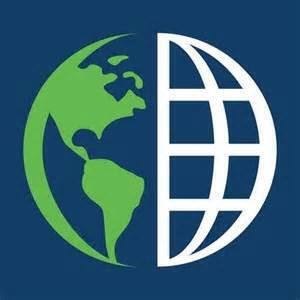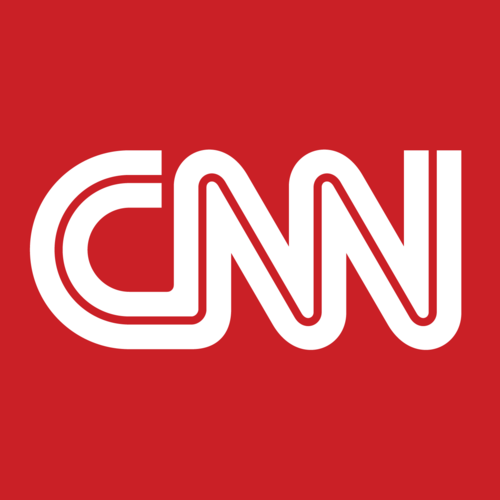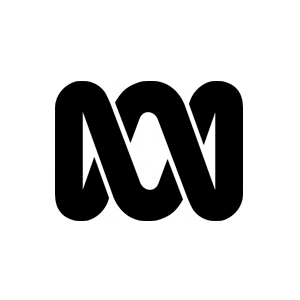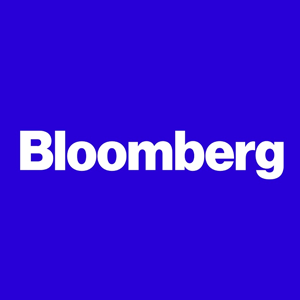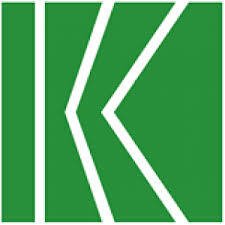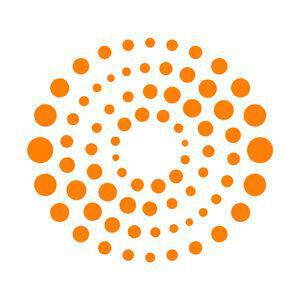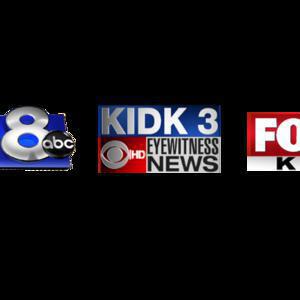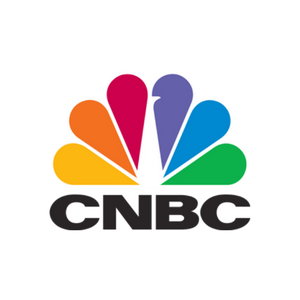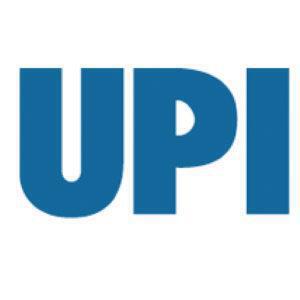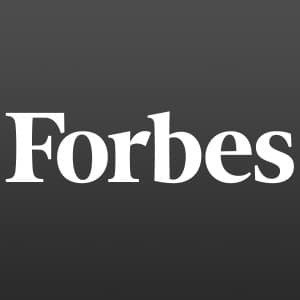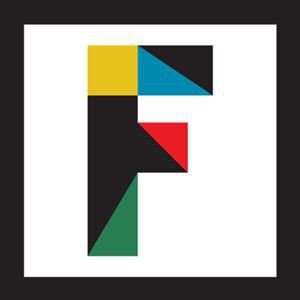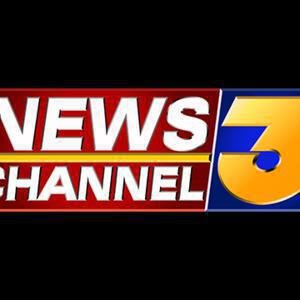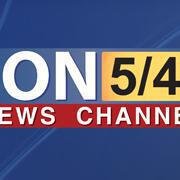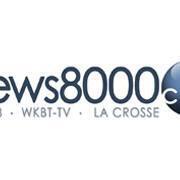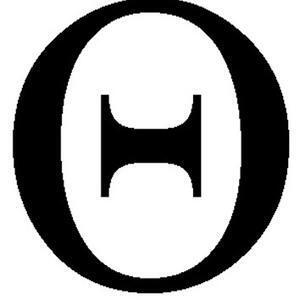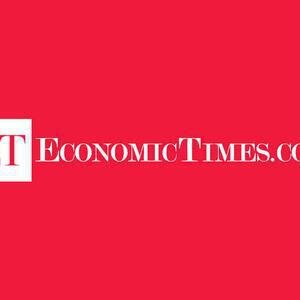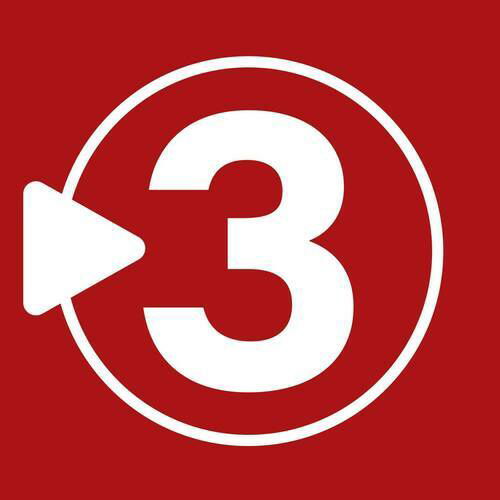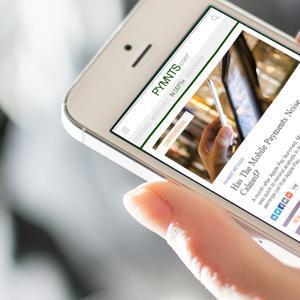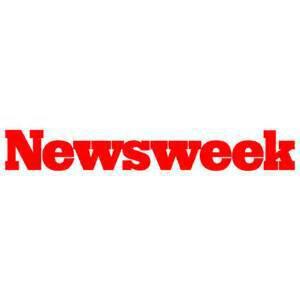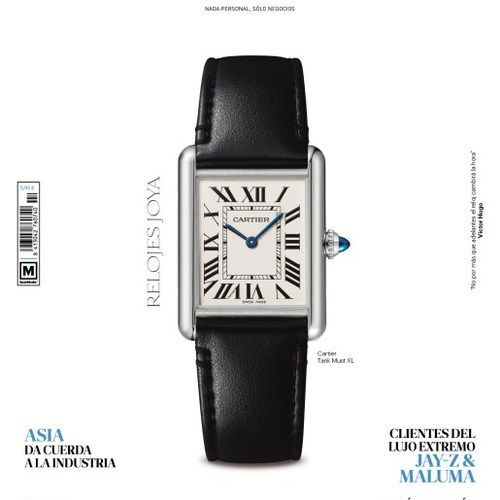- Goldman Sachs has upped the probability of a recession to 35% in a research note. The bank pegged recession chances at 20% earlier in March.
- Recession chatter has increased as the extent of President Donald Trump’s tariffs come into focus.
- “Liberation Day” is what President Trump has dubbed the day he plans to institute a form of reciprocal tariffs. That day is Wednesday, April 2.
Full Story
One of America’s largest banks says the probability of a recession in the U.S. in the next 12 months has increased to 35%.
Goldman Sachs released the latest forecast just days before the Trump administration institutes “Liberation Day” policies.
“We now see a 12-month recession probability of 35%,” Goldman Sachs said in a research note dated March 30. “The upgrade from our previous 20% estimate (of a U.S. recession) reflects our lower growth baseline, the sharp recent deterioration in household and business confidence, and statements from White House officials indicating greater willingness to tolerate near-term economic weakness in pursuit of their policies.”
Goldman raises its 12-month recession probability from 20% to 35%. pic.twitter.com/LToFpq3BtA
— Peter Berezin (@PeterBerezinBCA) March 30, 2025
Goldman Sachs isn’t alone in its projections of a possible recession. UCLA’s Anderson School of Management issued a “recession watch” earlier in March. They said that if Trump’s proposals are fully or nearly fully enacted, it could contract enough sectors to trigger a recession in the next year or two.
What will ‘Liberation Day’ bring?
Recession talk has picked up amid the White House’s tariff campaign. The administration dubbed Wednesday, April 2, as “Liberation Day.”
“We have ‘Liberation Day,’ as you know, on April 2,” Trump said on Friday, March 28. “Many countries have taken advantage of us, the likes of which nobody even thought was possible for many, many decades, for decades. And, you know, that has to stop.”
The Trump administration has stood by the importance of its policies, even if they cause some economic pain in the near term.
“There is a period of transition because what we’re doing is very big,” President Donald Trump told Fox News on March 9. “We’re bringing wealth back to America. That’s a big thing. And there are always periods of, it takes a little time. It takes a little time.”
“These policies are the most important thing America has ever had, so it is worth it,” Commerce Secretary Howard Lutnick told CBS News in response to a question earlier in March about whether the administration’s economic policy could lead to a recession. “It is worth it. I think the only reason there could possibly be a recession is because of the Biden nonsense that we had to live with.”
Federal Reserve chair says recession risks ‘not high’
President Trump plans to roll out his latest round of tariffs on April 2. Goldman is expecting reciprocal tariffs averaging 15% across U.S. trading partners. The uncertainty around what tariff policy may be enacted caused markets to fall on Monday, March 31. The S&P 500 fell to its lowest level in six months.
“If you look at outside forecasts, forecasters have generally raised, a number of them have raised their possibility of a recession somewhat, but still at relatively moderate levels, still in the region of the traditional because they were extremely low,” Federal Reserve Chair Jerome Powell said after UCLA’s “recession watch” was issued. “If you go back two months, people were saying that the likelihood of a recession was extremely low. So it has moved up, but it’s not high.”
Core personal consumption expenditures, the Fed’s preferred inflation measure, was up 2.8% in February from the previous year. Goldman increased its PCE forecast for 2025 to 3.5%. At the same time, the bank downgraded its economic growth estimates to 1%.
“While sentiment has been a poor predictor of activity over the last few years, we are less dismissive of the recent decline because economic fundamentals are not as strong as in prior years,” Goldman added in its note.
The Conference Board’s Consumer Confidence index fell for the fourth straight month in March. Meanwhile, the expectations index, which looks at “consumers’ short-term outlook for income, business, and labor market conditions,” dropped to its lowest level in 12 years.
The latest estimate from the Atlanta Fed’s GDP forecaster has the U.S. contracting 2.8% in the first quarter of 2025. A recession is generally called when there are two consecutive quarters of negative economic growth. However, the final official decision comes from the National Bureau of Economic Research.

